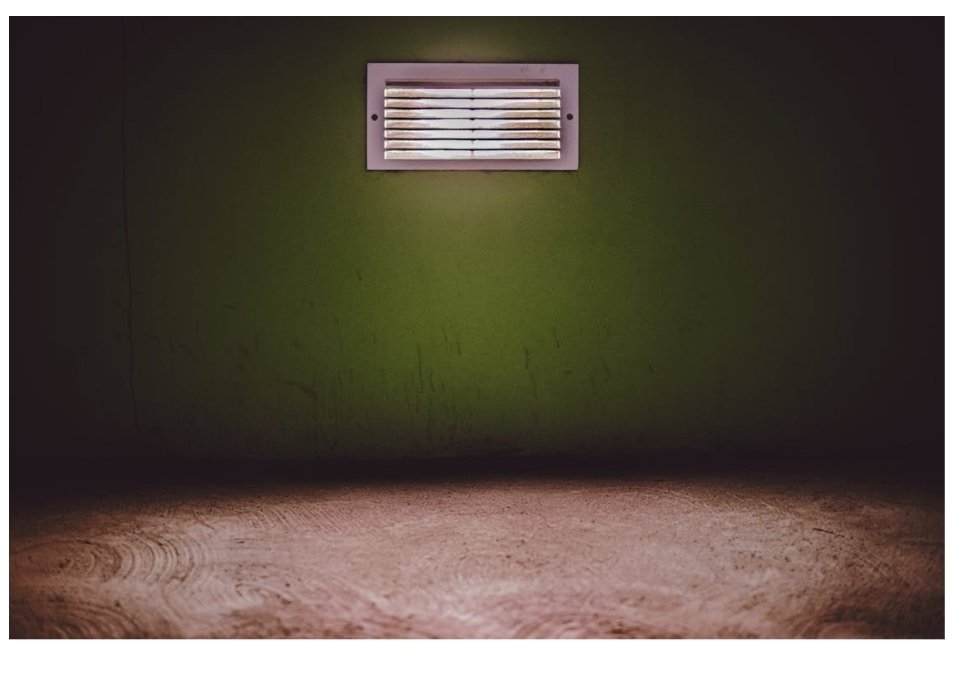In California, where climate conditions can vary dramatically from searing heat waves to dense fog, maintaining optimal home ventilation is crucial for comfort and health. Proper ventilation ensures that indoor air remains fresh, minimizing pollutants and allergens, which are particularly problematic during California’s wildfire season. By implementing effective ventilation strategies, homeowners can enjoy a healthier indoor environment, regardless of the external weather conditions.
- Understand the Basics of Home Ventilation
Good ventilation is essential for maintaining a healthy living environment by ensuring a continuous exchange of indoor and outdoor air. Home ventilation comes in two main forms: natural and mechanical. Natural ventilation utilizes doors, windows, and other openings to allow air to flow naturally into the home, whereas mechanical ventilation uses devices like fans and vent systems to draw fresh air into the building and expel stale air. A balanced approach combining both types can effectively maintain air quality and regulate indoor temperatures throughout the seasons.
- Upgrade Your Windows
One effective way to enhance natural ventilation is by upgrading to high-performance, energy-efficient windows. New windows can improve airflow and can also help insulate your home, keeping it cooler in summer and warmer in winter. For residents of San Bernardino window replacement is a convenient option because of local experts who specialize in modern, energy-efficient installations. These professionals can provide tailored solutions that improve ventilation while also reducing energy costs.
- Install Exhaust Fans
Installing exhaust fans in critical areas such as kitchens, bathrooms, and laundry rooms is crucial for maintaining good air quality. These fans are specifically designed to remove excess humidity, odors, and airborne pollutants directly from their source. By expelling this stale air outside, exhaust fans prevent moisture build-up that can lead to mold and mildew, and they help keep indoor air fresh for longer periods.
- Use Window and Door Screens
Incorporating screens on windows and doors is a simple yet effective method to enhance natural ventilation without compromising the security or cleanliness of your home. Screens allow you to keep windows and doors open for better air circulation, inviting cool breezes while blocking out insects and debris. This is especially useful in temperate climates where cross ventilation can significantly cool down a home, reducing the need for air conditioning.
- Integrate Ceiling Fans
Ceiling fans are a fantastic addition to any home ventilation system. They enhance air circulation, pushing air around the room and making it feel cooler or warmer depending on their direction. In summer, ceiling fans should rotate counterclockwise to create a cool downward airflow, whereas in winter, setting them to clockwise rotation helps distribute warm air pooled near the ceiling back into the living space. This not only improves comfort but also helps reduce reliance on heating and cooling systems, thereby saving energy.
- Consider a Whole-House Fan
A whole-house fan can be an invaluable addition to a home’s ventilation system, particularly in climates where evenings are cooler. These fans are designed to pull fresh, cool air from outside through open windows and doors and expel hot, stale air through attic vents. This not only helps to cool the house naturally but also improves the overall air quality by quickly replacing the indoor air. Installing a whole-house fan can be particularly effective in maintaining a comfortable temperature overnight, reducing the need for air conditioning and significantly lowering energy bills.
- Emphasize Regular HVAC Maintenance
To ensure that mechanical ventilation systems operate efficiently, regular maintenance of the HVAC system is essential. This includes routine cleaning or replacement of air filters, checking ductwork for leaks, and ensuring that all mechanical components are in good working order. Professional inspections can help identify any issues that might be impairing the effectiveness of your HVAC system, such as clogged filters or faulty vents, which can restrict airflow and degrade indoor air quality.
- Incorporate Plants for Natural Air Purification
Adding indoor plants to your home decor not only beautifies the space but also enhances air quality. Certain plants are known for their ability to absorb common indoor pollutants such as benzene, formaldehyde, and carbon monoxide. Species like the spider plant, peace lily, and snake plant are particularly effective at purifying the air. Placing these plants throughout your home can help remove impurities naturally, providing a healthier living environment.
- Utilize Air Purifiers
In addition to natural and mechanical ventilation strategies, air purifiers can further improve indoor air quality, especially in areas prone to high pollution levels or for households with allergy sufferers. Air purifiers work by trapping pollutants and allergens like pollen, dust, and pet dander in filters, and some models even kill airborne pathogens with UV light. When selecting an air purifier, consider factors such as the size of the area to be covered and the specific pollutants you need to target.
- Educate on the Importance of Humidity Control
Managing indoor humidity is crucial for maintaining air quality and preventing mold growth. Using dehumidifiers in damp areas of your home, like basements and bathrooms, can help maintain an optimal humidity level, making the air more comfortable and healthy. Similarly, humidifiers may be necessary in arid climates or during winter when the air inside can become excessively dry.
Conclusion
Improving the ventilation in your home involves a multifaceted approach that includes optimizing natural airflow, maintaining mechanical systems, and employing additional air quality controls like purifiers and plants. Each strategy plays a vital role in creating a healthier, more comfortable living environment. By adopting these tips, you can ensure that your home remains a sanctuary that supports the well-being of all its occupants, making it not only a pleasant place to live but also a nurturing one.

